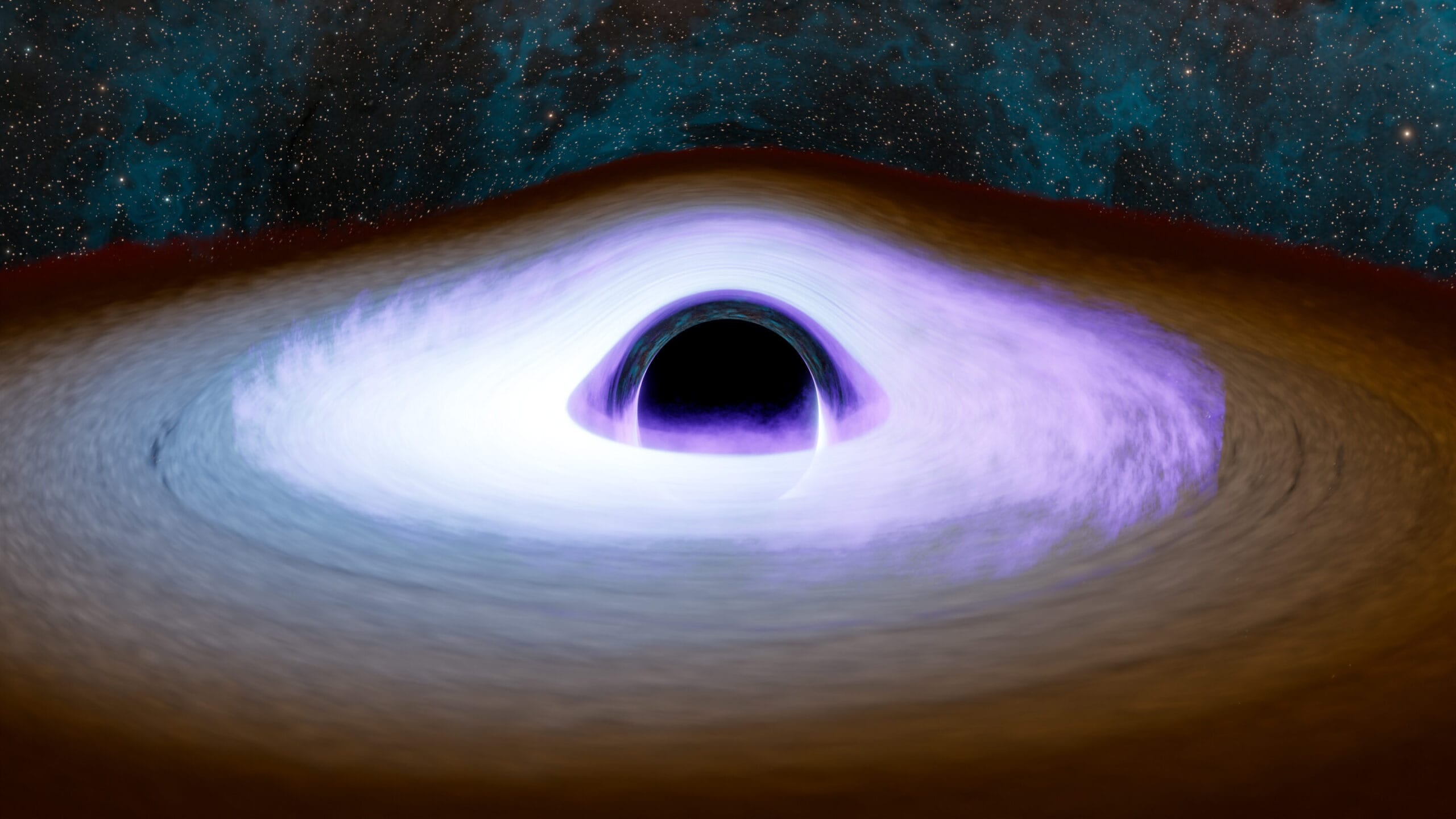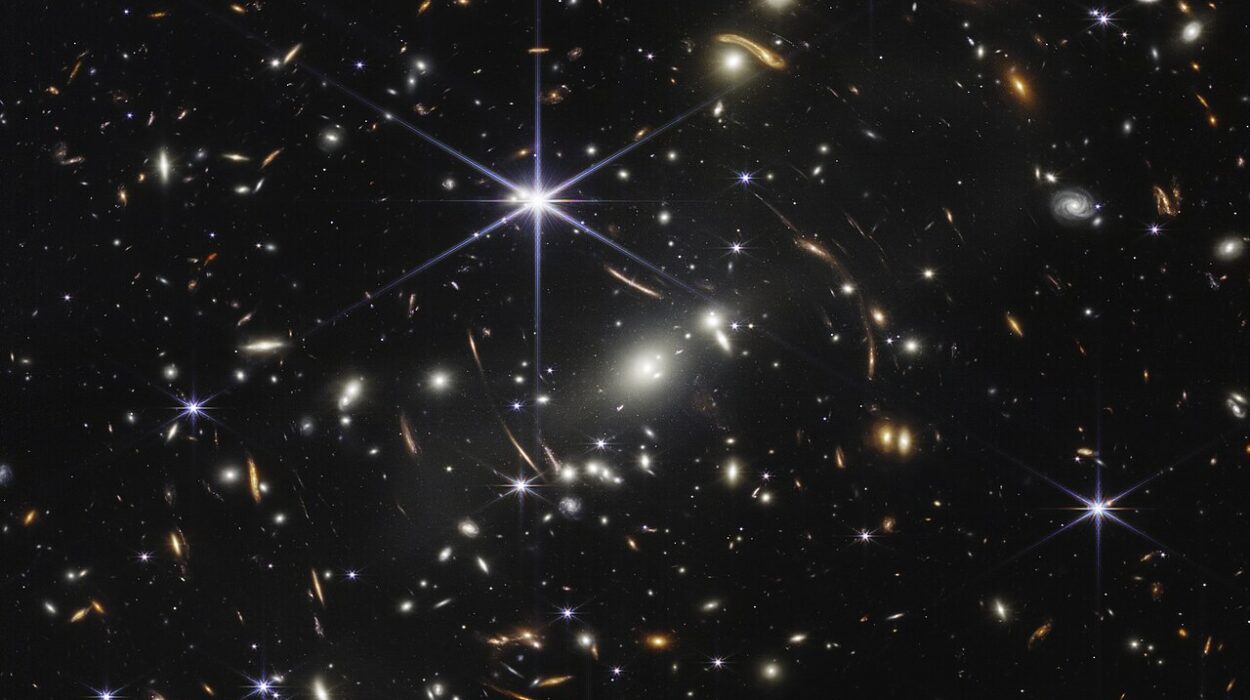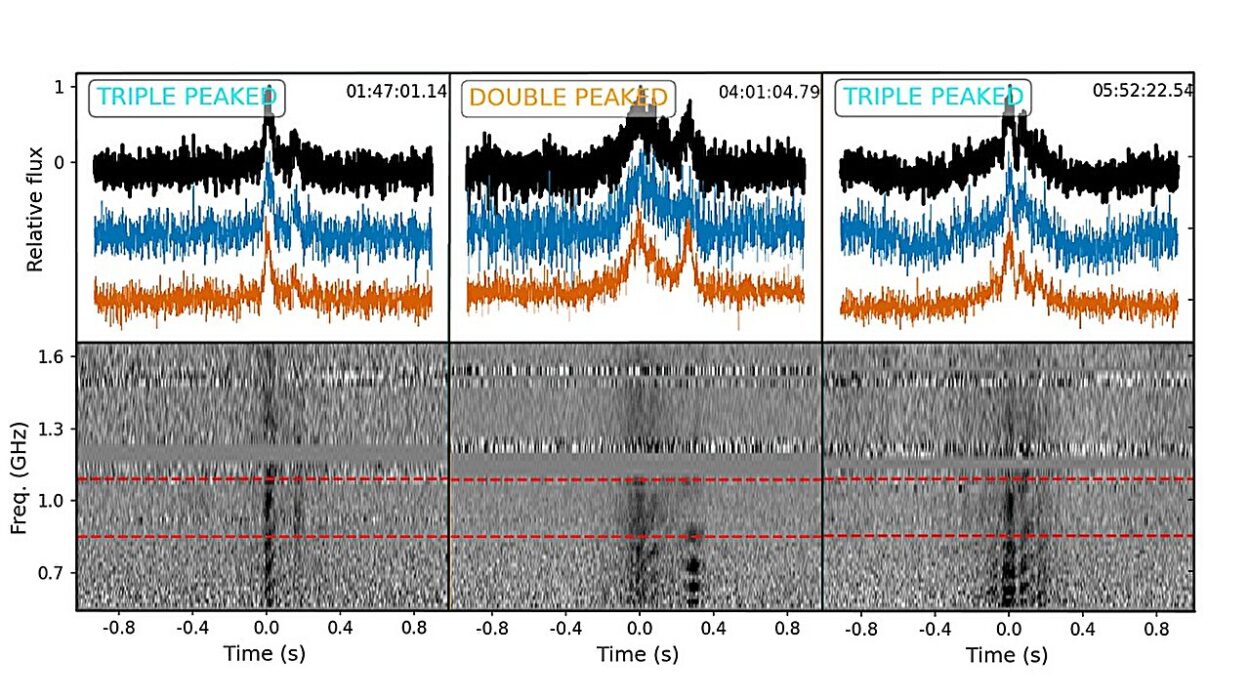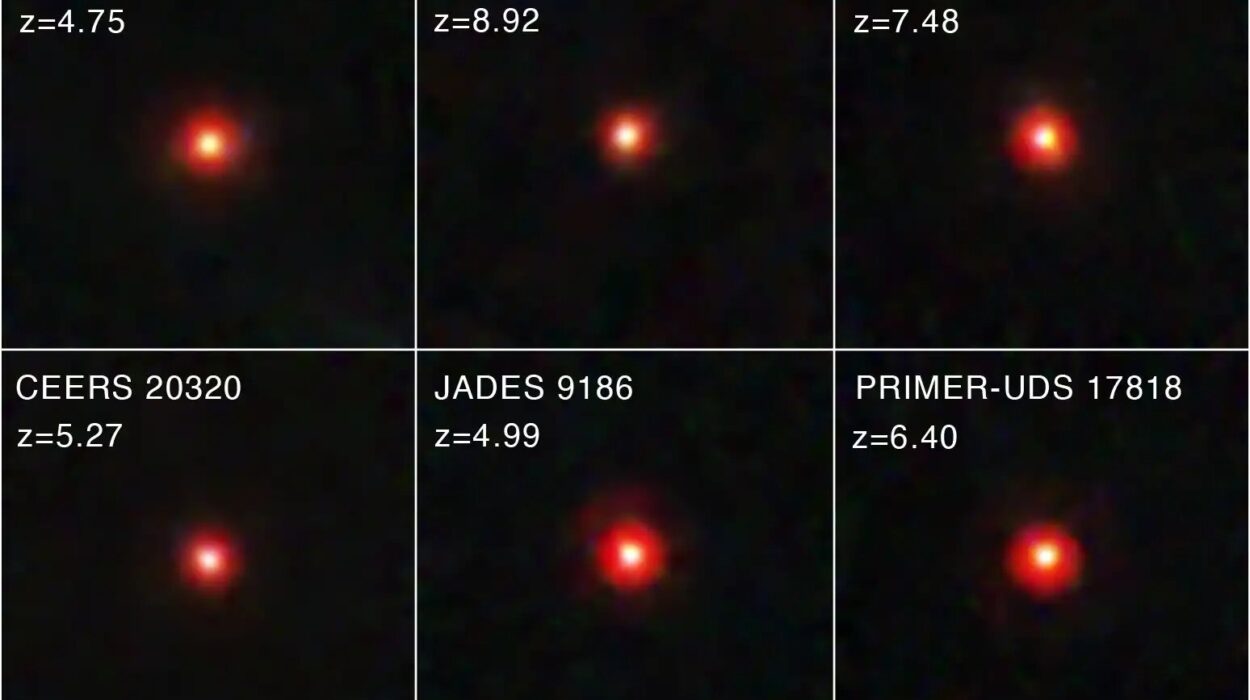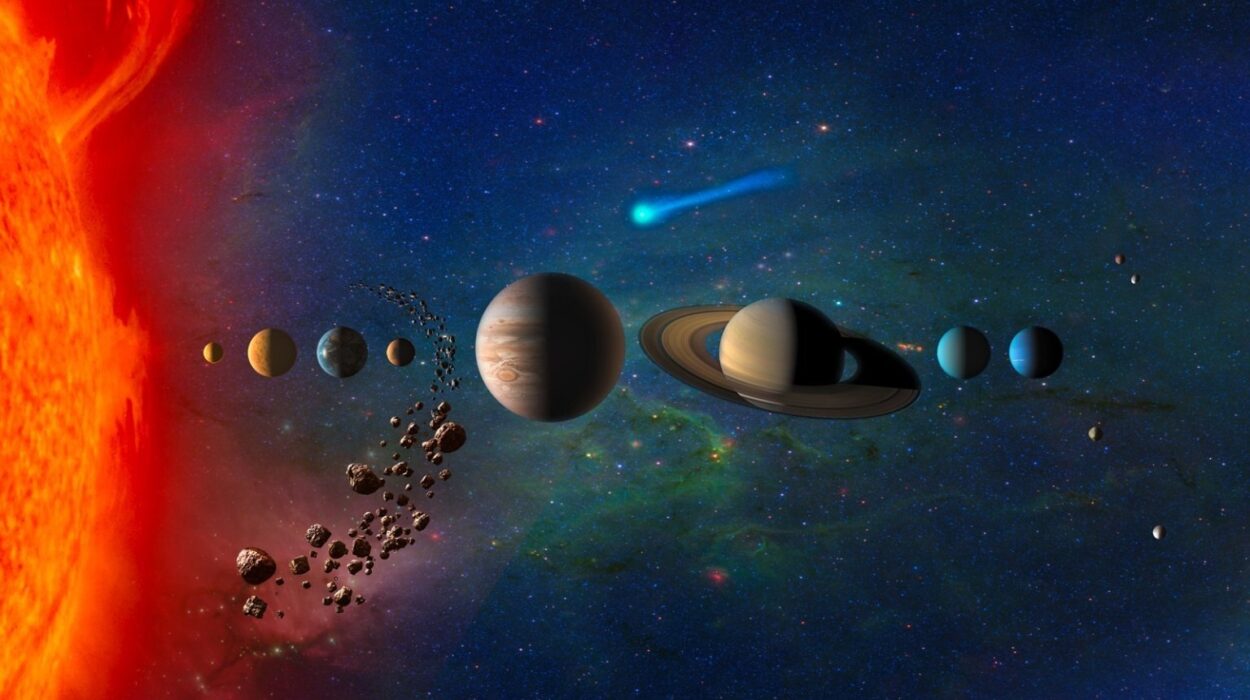Black holes are among the most extreme and enigmatic objects in the universe — invisible giants that swallow everything, even light itself. Yet, thanks to a new set of observations from NASA’s Imaging X-ray Polarimetry Explorer (IXPE), astronomers have found that one particular black hole is doing something no one fully understands.
The black hole, known as IGR J17091-3624, pulses in brightness like the rhythmic beat of a heart, despite being located some 28,000 light-years from Earth. That heartbeat alone makes it a fascinating subject of study. But in April, IXPE revealed something even stranger: its X-rays carry a polarization degree of 9.1%, a figure far higher than predicted by existing theories.
“We’ve never seen this source in such a new light — literally,” said Melissa Ewing, lead author of the new study and an astronomer at Newcastle University in England. “IXPE has opened a window into the hidden structure of this black hole’s environment.”
The results, published in the Monthly Notices of the Royal Astronomical Society, could force scientists to rethink how black holes produce and shape some of the most energetic radiation in the universe.
How IXPE Sees the Invisible
To understand why this finding is so puzzling, it helps to know what IXPE actually measures. Black holes themselves emit no light, but as they feed on nearby matter — often stolen from a companion star — the infalling material forms a spinning accretion disk. In the disk’s inner regions lies the corona — a zone of unimaginably hot, magnetized plasma, heated to temperatures as high as 1.8 billion degrees Fahrenheit.
The corona emits intense X-rays, some of the brightest in the sky, but its small size and great distance make it impossible to photograph directly. Instead, IXPE studies polarization — the orientation of light’s electric fields. Polarization can reveal how and where the light was produced, much like the pattern of ripples on water can tell you about the wind that created them.
The “polarization degree” measures how aligned these electric fields are. A higher polarization degree generally means the X-rays have interacted in very specific ways with their surroundings — and that’s where the mystery begins.
An Unexpectedly Aligned Signal
In typical black hole systems, a high polarization degree might suggest we’re viewing the corona from a perfect edge-on angle, like looking at the rim of a spinning plate. But in IGR J17091-3624, the observed 9.1% polarization is much higher than theory would expect — and astronomers aren’t even sure what the viewing angle is.
“Getting this kind of number without a precise edge-on view means something unusual is happening,” said Giorgio Matt, co-author of the study and professor at the University of Roma Tre in Italy. “The strange dimming pattern we see could be an important clue, but we still don’t have the full explanation.”
The system’s companion star is too faint to directly measure the viewing angle. However, IXPE’s data suggests that the edge of the accretion disk could be pointed toward Earth at times, possibly influencing the measurements.
Winds and Plasma at Extreme Speeds
To solve the puzzle, scientists turned to theoretical models, exploring scenarios that could match the polarization data without relying on a special viewing geometry.
One possibility involves a “wind” of matter — a rare outflow of material lifted from the accretion disk and flung outward. If X-rays from the corona scatter off this wind before reaching IXPE, the process — known as Compton scattering — could boost the measured polarization.
“These winds could be one of the missing ingredients in our understanding of how black holes grow,” said Maxime Parra, a co-author from Ehime University in Japan. “If they’re more common than we think, they could change the way we model black hole systems entirely.”
Another possibility is that the corona’s plasma itself is streaming outward at relativistic speeds — up to 20% the speed of light, or about 124 million miles per hour. In this case, relativistic effects would naturally enhance the polarization of the X-rays we detect.
Both scenarios, when tested in simulations, can reproduce the 9.1% figure without requiring an extreme edge-on perspective.
Why This Matters for Black Hole Physics
The results are more than a curious anomaly — they could reshape our understanding of how black holes feed and radiate energy.
In X-ray binary systems like IGR J17091-3624, the interplay between the accretion disk, corona, and any potential winds determines how energy escapes into space. Understanding the geometry and dynamics of the corona is crucial not just for modeling individual black holes, but for grasping the physics of black hole growth across the universe — including the supermassive ones at the centers of galaxies.
And then there’s the matter of the “heartbeat.” IGR J17091-3624’s rhythmic brightening and dimming remains unexplained. Some researchers suspect it’s tied to oscillations in the accretion disk, while others think it might be linked to magnetic processes in the corona. Either way, IXPE’s polarization data could be a vital piece of that puzzle.
The Next Chapter in the Mystery
For now, IGR J17091-3624 remains a cosmic enigma. The IXPE team plans to observe more black holes in the coming years, hoping to catch other systems with similarly high polarization degrees. If winds or fast-moving coronas are more common than we think, the results could point toward a new paradigm in high-energy astrophysics.
“Our models are only as good as the observations that test them,” Ewing said. “Every unexpected result pushes us to refine our understanding — and that’s the real thrill of science.”
As the universe continues to surprise us, black holes like IGR J17091-3624 remind us that even the darkest objects in space can illuminate the limits of human knowledge — and the boundless curiosity that drives us to explore.
More information: Melissa Ewing et al, The very high X-ray polarization of accreting black hole IGR J17091−3624 in the hard state, Monthly Notices of the Royal Astronomical Society (2025). DOI: 10.1093/mnras/staf859
